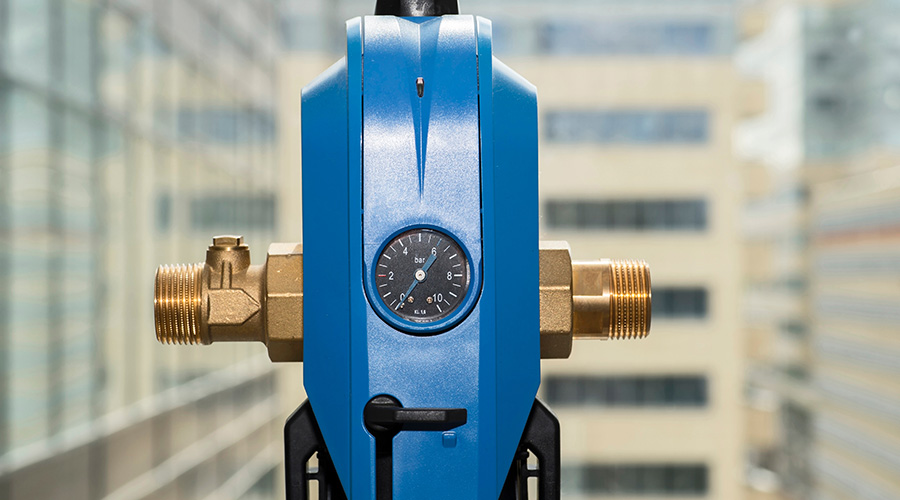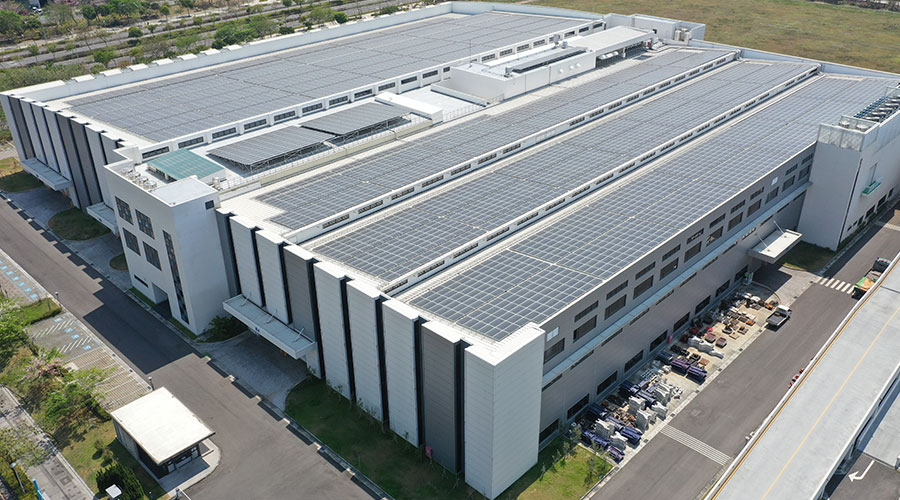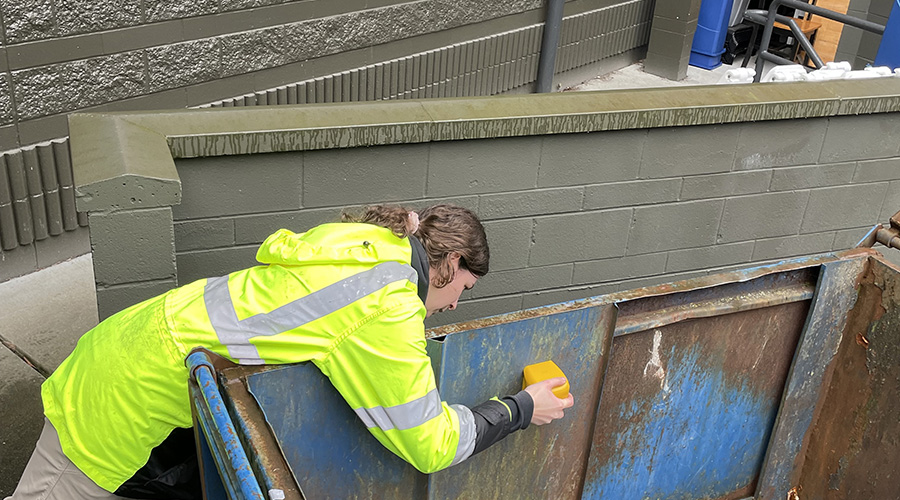Emissions Cap and Trade Initiative Launches in the Northeast
The Northeastern states have kicked off the Regional Greenhouse Gas Initiative (RGGI), an emissions trading market that sets new limits on the amount of global warming pollution power plants can emit.
The Northeastern states have kicked off the Regional Greenhouse Gas Initiative (RGGI), an emissions trading market that sets new limits on the amount of global warming pollution power plants can emit.
Plants will need to hold permits for every ton of pollution; those that find low cost ways to reduce emissions will need to purchase fewer permits, or allowances, and can sell any unused allowances to less-efficient plants that need them.
The initiative aims to reduce carbon dioxide pollution to a level 10 percent below current emissions by 2019, according to the Natural Resources Defense Council.
RGGI is the first mandatory cap and trade energy system for global warming pollution ever implemented in the U.S., and the first time in the world this kind of system has put allowances up for sale, rather than distributing them for free. Almost all of the revenue generated by the auction of allowances will be directed to state energy efficiency programs.
Power plants in all participating states will be fully operating under the new system by 2009. Six of the 10 states participating in the new system have held their first allowances auction – Connecticut, Maine, Maryland, Massachusetts, Rhode Island and Vermont. The remaining participating states will hold their first auction in December – Delaware New Hampshire, New Jersey, New York.
Before the end of the first three-year compliance period, 14 auctions will take place and will continue on a quarterly basis thereafter.
Similar multi-state climate pacts are in development among western states and Midwestern states. The Northeast program would also allow states outside of the region to participate, and might eventually be extended to cover not just power plants but all stationary global warming pollution sources, as well as additional global warming pollution, such as methane and sulfur dioxide.
Related Topics:











